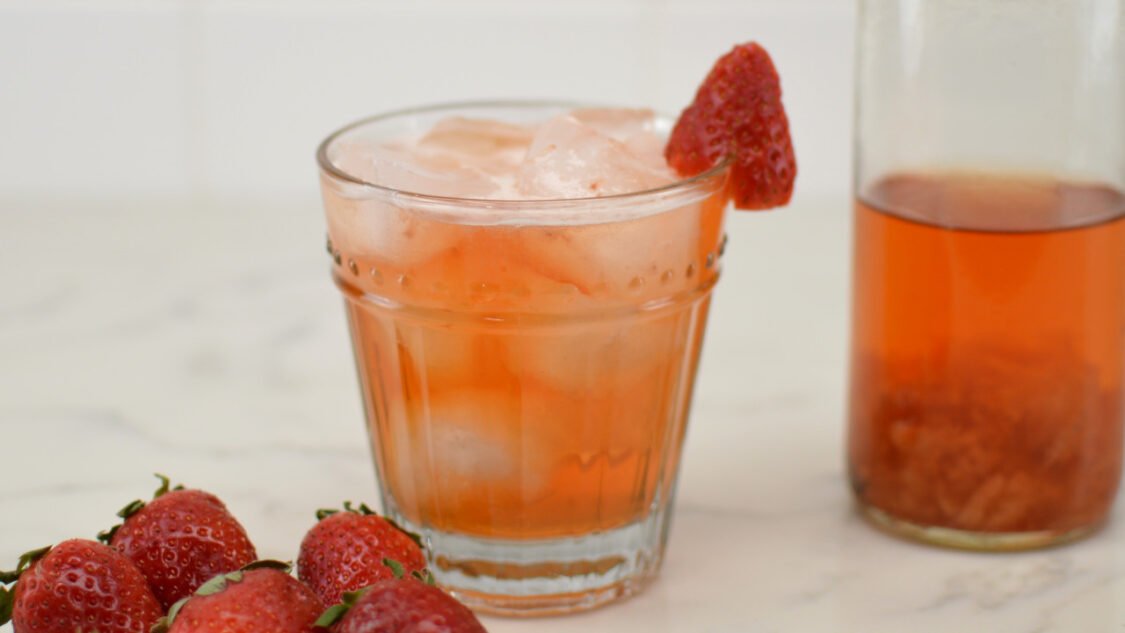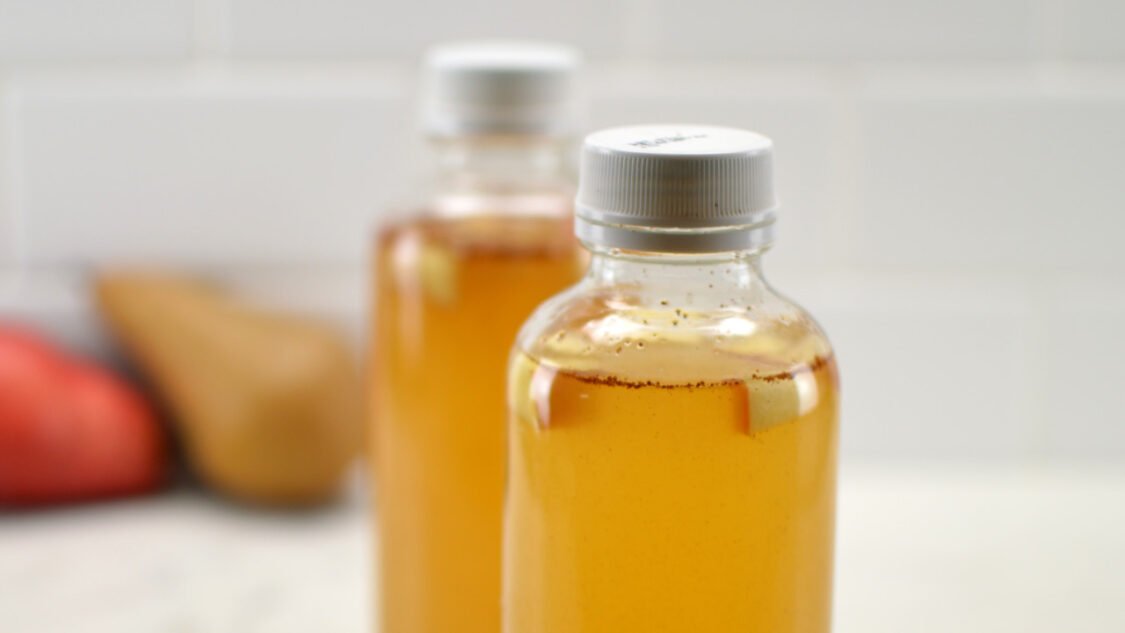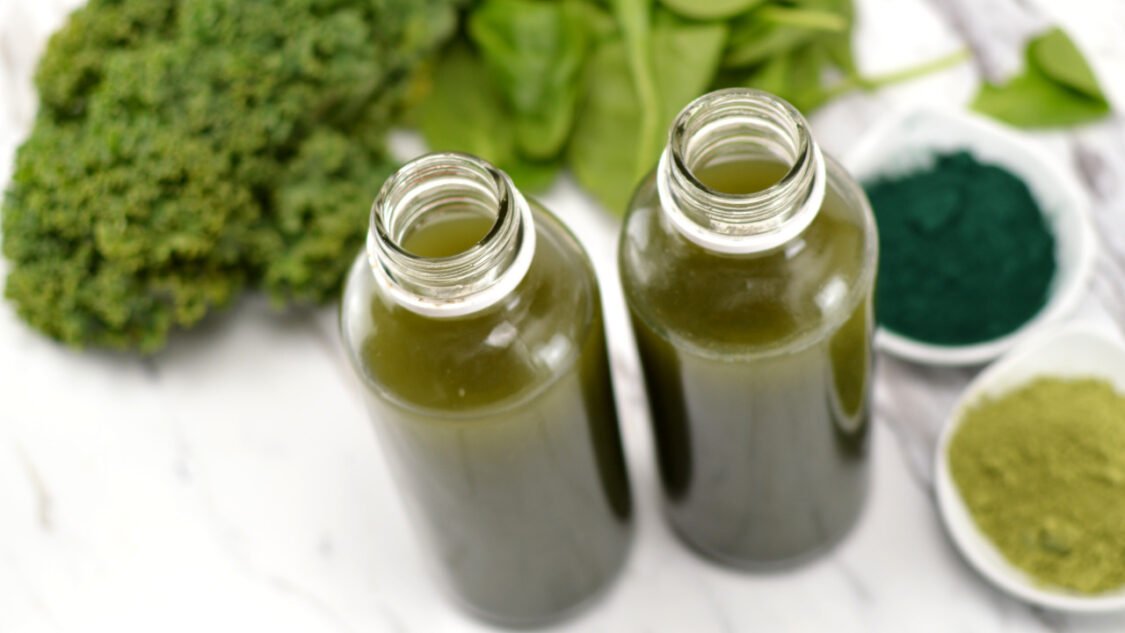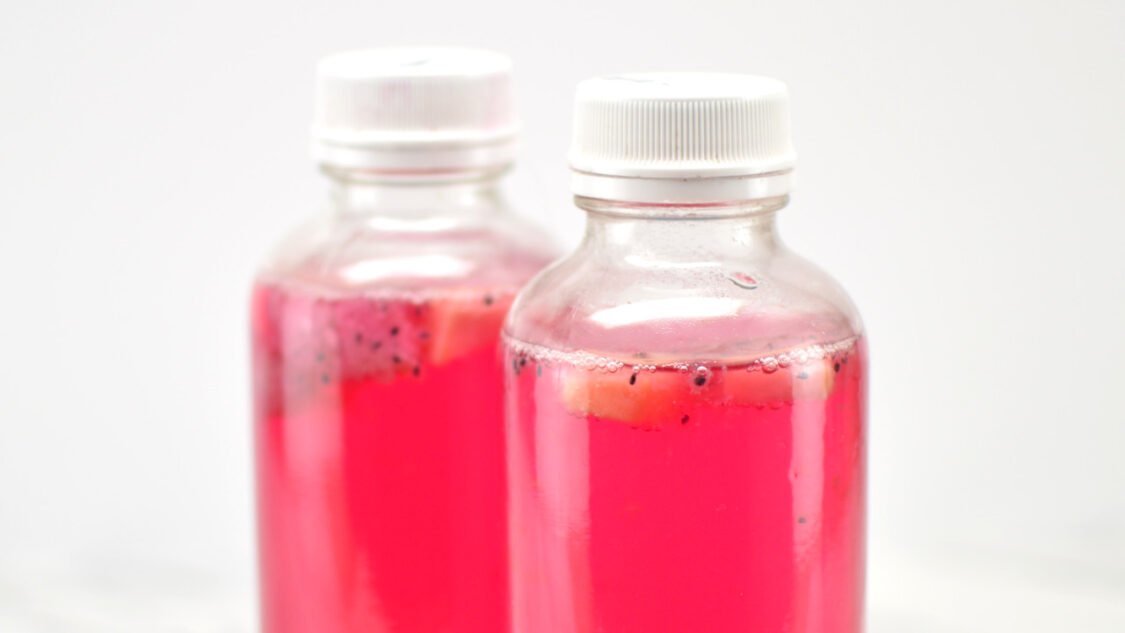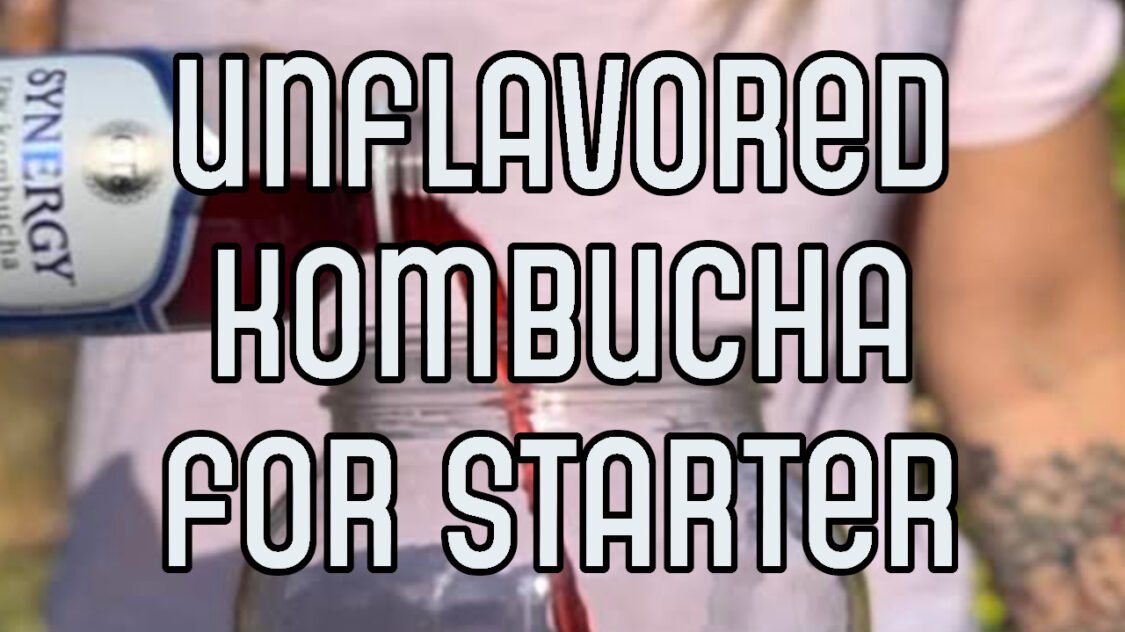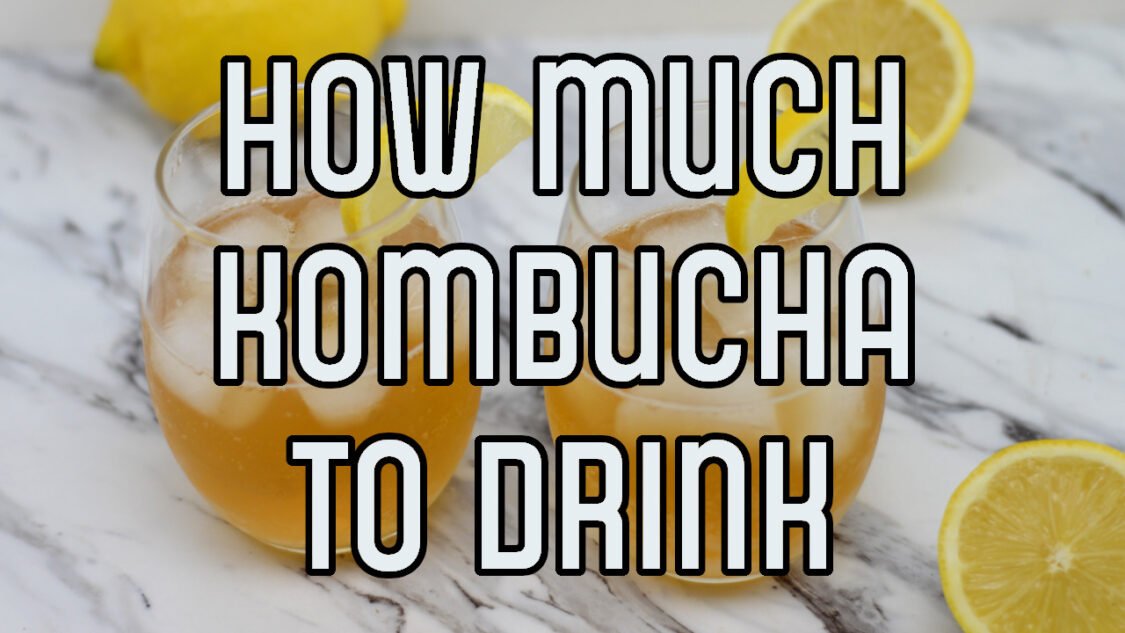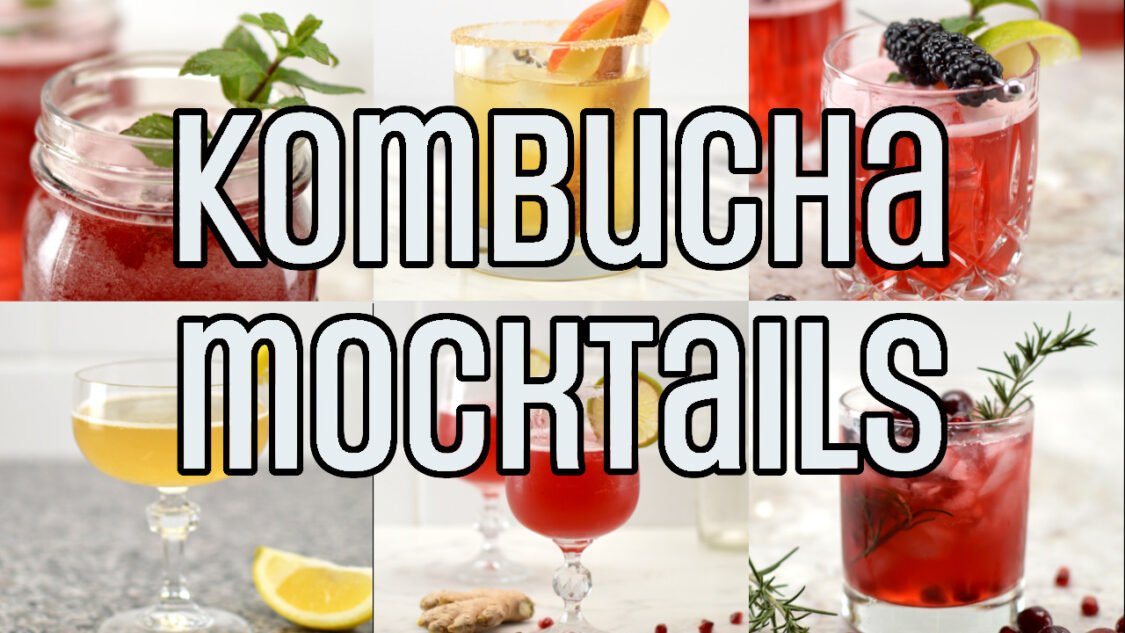Very Veggie Kombucha

Very Veggie kombucha begins with a kombucha base made with hojicha tea, a roasted green tea. It is infused with fresh carrots, beets, which give it a distinctive earthy flavor with a hint of fiery heat from the habanero pepper which elevates the flavor profile and adds a delightful kick that awakens your senses. From the first sip, the rich and roasted aroma of hojicha tea envelopes your senses, while the tantalizing taste of juicy carrots and earthy beets adds an irresistible sweetness that’s perfectly balanced with the gentle spice of habanero pepper.
Note: this recipe is written to use a base kombucha made with hojicha tea. In addition 1/2 cup of the white sugar used in primary fermentation is replaced with 3/4 cup agave syrup. Refer to step 2 of how to make kombucha for a refresher on primary fermentation.
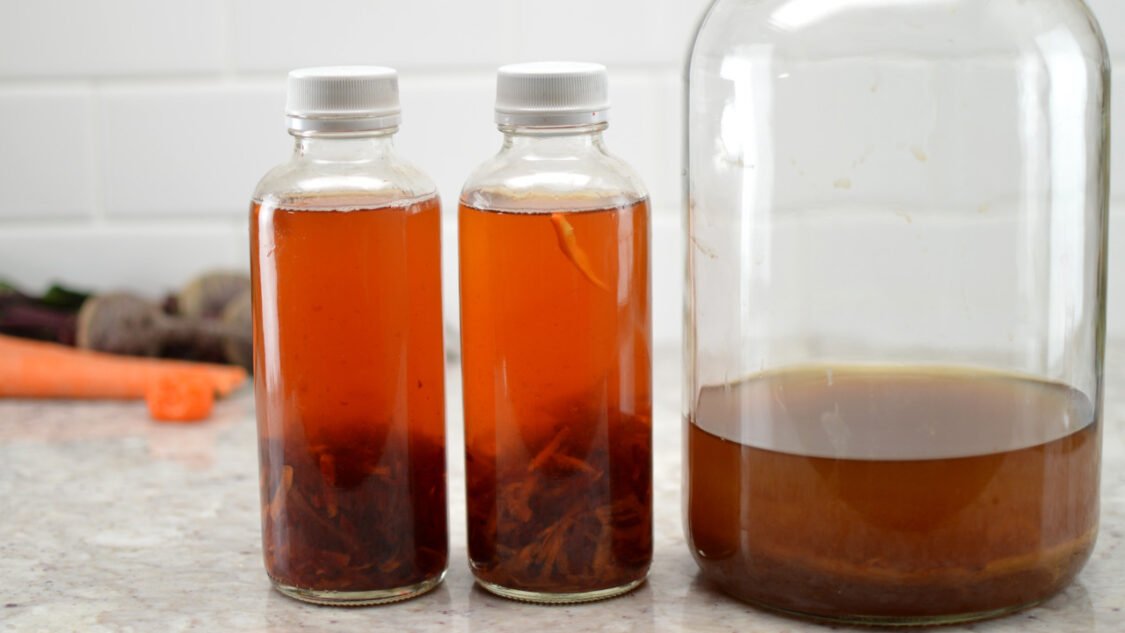
Kombucha Fermentation Overview
There are two fermentation phases when making kombucha:
Primary Fermentation: This is when you transform sweet tea into tart and tasty kombucha. Get all the details at my article on how to make kombucha.
Secondary Fermentation: This is when you carbonate your homemade kombucha by adding flavors (like carrots and beets) and sugar and bottling it.
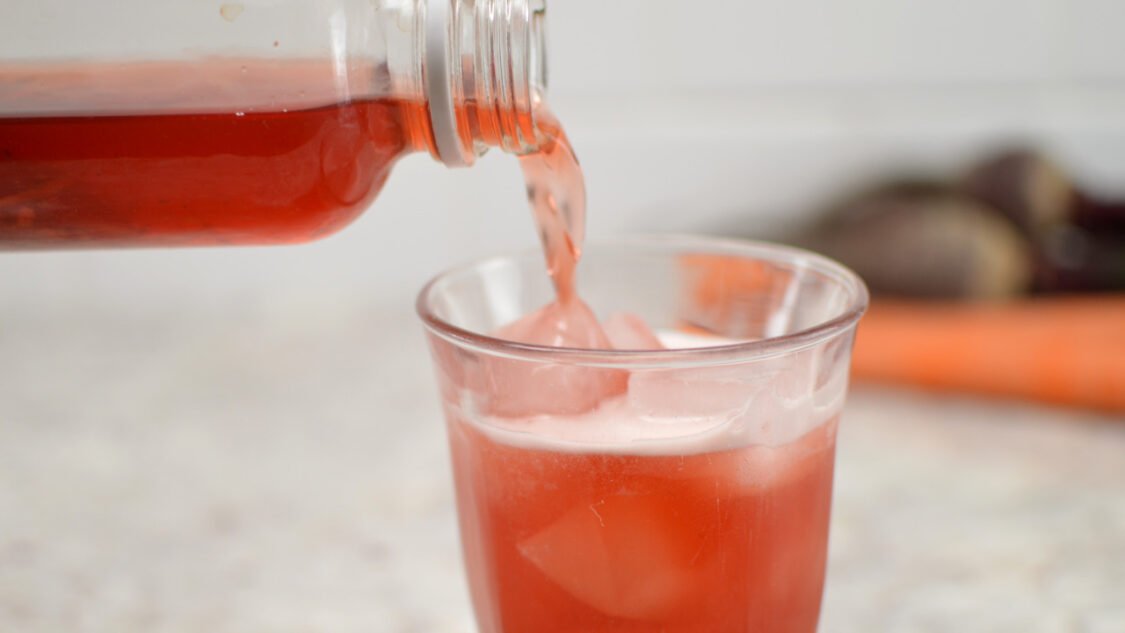
Preparing for Secondary Fermentation
This recipe makes about 7 x 16 fluid ounce bottles of finished kombucha (from a 1-gallon batch of unflavored homemade kombucha aka from your primary fermentation).
Reserve 2 cups (about 16 oz / 0.47L) kombucha and your SCOBY from your completed primary fermentation and set aside – you will use this as your starter for your next gallon batch of kombucha.
With your kombucha starter tea and SCOBY placed aside, you now have enough kombucha left to flavor and fill your bottles. This guide assumes are using 16 oz. glass bottles which are a popular choice for kombucha; however, there are many options for bottling kombucha.
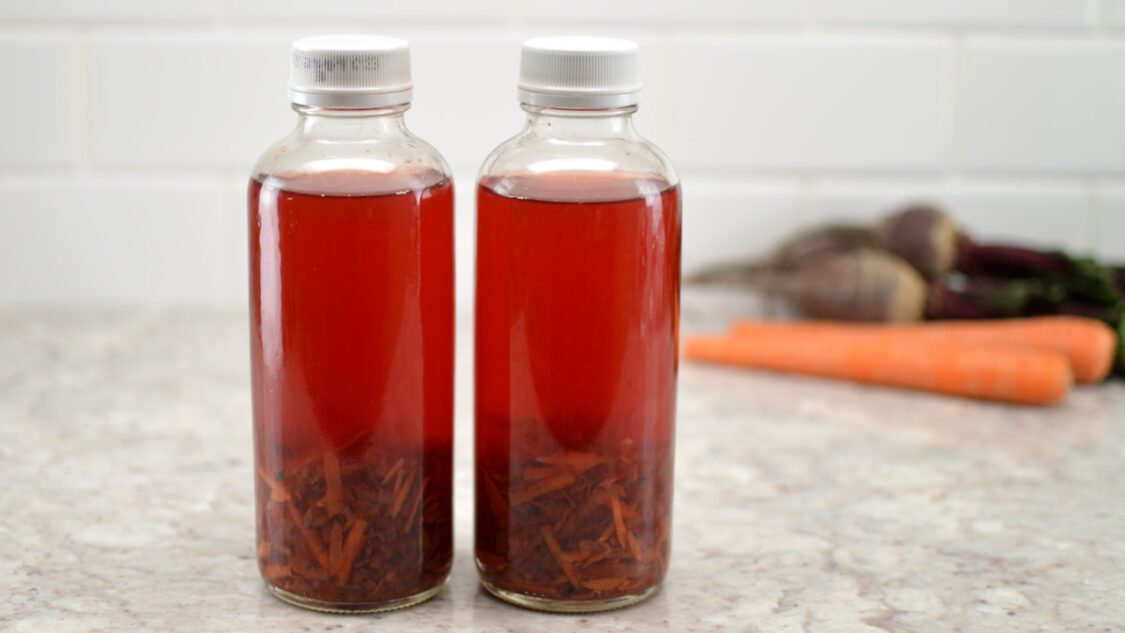
Ingredients to make Very Veggie Kombucha
Kombucha Finished kombucha from your first fermentation is the base to which you will add the mint, vanilla and chocolate flavors
Hojicha tea: a Japanese green tea made by roasting sencha or bancha leaves, resulting in a nutty, smoky flavor and lower caffeine content
Agave Syrup: Agave syrup, is derived from the sap of the agave plant produced by extracting the sap from the core of the agave plant and then filtering and heating it to break down the complex sugars into simple sugars. The resulting syrup is a light-colored liquid with a consistency similar to honey, and is known for its sweetness and mild flavor, which is often described as a combination of honey and caramel.
Carrots: Carrots are a root vegetable that are known for their bright orange color and slightly sweet and crunchy taste
Beets: Beets, typically have a deep red or purple color, a sweet, earthy flavor and a firm, slightly crunchy texture
Habanero Pepper: Habanero peppers are very hot chili peppers that are loved by people who enjoy spicy food. Habaneros are one of the most common chili peppers and add bright heat to food and drinks without burning ones taste buds. The flavor of Habaneros are fruity, floral, sweet pungent. Peppers with a similar amount of heat and flavor are the Fatalii and Scotch Bonnet
Sugar: A touch of additional sugar for bacteria and yeast to feed on which creates carbonation–extra fizzy goodness. When filling 16 ounce bottles I’ve found a sugar cube has the right amount of sugar (1 tsp) for carbonation and is a convenient way to add the right amount without the mess.
How to make Very Veggie Kombucha
Add Flavors: Divide grated carrots, beets and hot sauce evenly between the bottles.
Bottle: Transfer kombucha to fermentation bottles.
Condition: For 3 to 10 days, until it reaches the carbonation level you like.
Enjoy: Chill in the fridge before serving and strain out fruit pieces when pouring (optional)

Very Veggie Kombucha Recipe
Yield: 7 bottles • Active time: 20 minutes • Total time: 3 -10 days
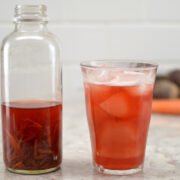
This recipe assumes you are doing a secondary fermentation (flavoring and carbonation) in the bottle. You may also incorporate a third fermentation using the same proportions but following the third fermentation steps.
Ingredients:
1 gallon homemade kombucha from a first fermentation, 3.7 L – made with hojicha tea, white sugar and agave syrup
1 cup freshly grated raw carrots
1 cup freshly grated raw beets
1 habanero pepper, seeded and coarsely chopped, 15 g
7 sugar cubes or 1 Tbs sugar 12 g
Instructions:
Warning: Wear latex or rubber gloves when handling habanero chilies. The oils will remain on your hands and can later cause burning if you touch your eyes, mouth or nose.
Make Kombucha: If you haven’t already, make a 1 gallon batch of kombucha using hojicha tea (8 bags or 8 tsp loose). In substitute 3/4 cup agave syrup for 1/2 cup of the white sugar used in primary fermentation (in total use 1/2 cup white sugar and 3/4 cup agave syrup). Refer to step 2 of how to make kombucha for a refresher on primary fermentation.
Prepare Vegetables: Peel and grate 1 cup of raw carrots and raw beets add to a small bowl and stir well to mix
Prepare Habanero: Remove stem from pepper and slice pepper in half from top to bottom and remove seeds (compost them). Coarsely chop habanero and combine with grated carrots and beets. Stir will to incorporate flavors
Flavor: Evenly carrot-beet-habanero mixture among bottles (about 1/4 cup per bottle)
Fill bottles: Transfer kombucha into fermentation bottles, leaving about 1 inch empty at the top
Sweeten: Add one sugar cube per 16 bottle or evenly divide sugar between bottles (about 1 tsp per 16 0z bottle)
Cap: Cap the filled bottles and tighten the cap snugly.
Ferment: Place in a dark, room temperature area for 3 to 10 days, until it reaches the carbonation level you like. This process will go faster in warmer climates, and slower in cooler climates.
Enjoy: Chill your Very Veggie kombucha bottles in the refrigerator before serving and strain the kombucha to remove mango pieces when serving (optional).
Homemade kombucha can be stored in the fridge, tightly sealed, for several weeks
Tips & Tricks:
Make sweet tea for your next batch the night before you flavor and bottling and let it cool on the stove overnight so that you can flavor your kombucha and get your next batch started at the same time.
If this is your first time brewing, it may be helpful to use a plastic water bottle as a gauge. Fill a recyclable plastic bottle with kombucha (leaving 1.5 inches empty at the top). When this bottle becomes rock hard, you’ll know the glass bottles are also ready. This will help you gauge how long it take for kombucha to carbonate your climate and will prevent bottle explosions.
Nutrition Information:
Kombucha Recipes You Might Also Like
More Kombucha Knowledge
Helping you learn to brew kombucha, find inspiration for new kombucha flavors and use kombucha to make kombucha mocktails

